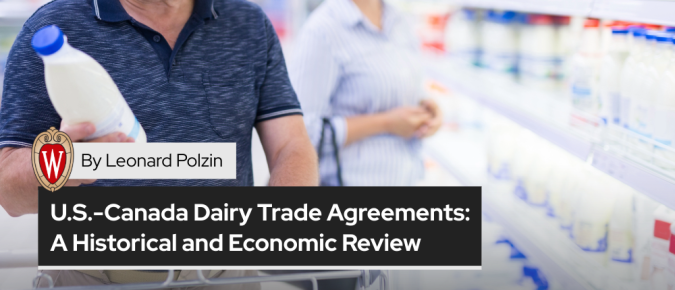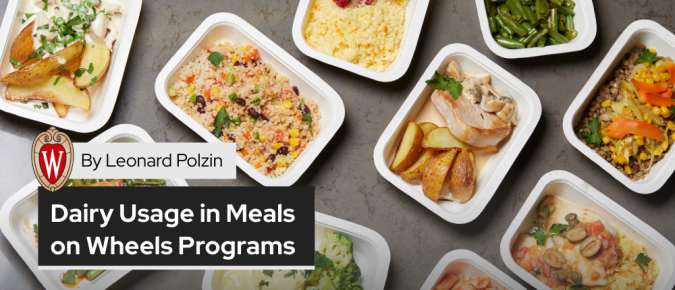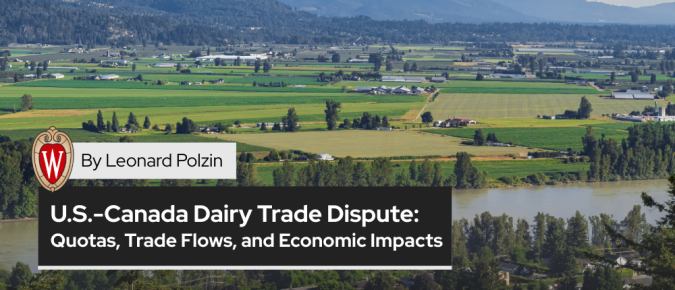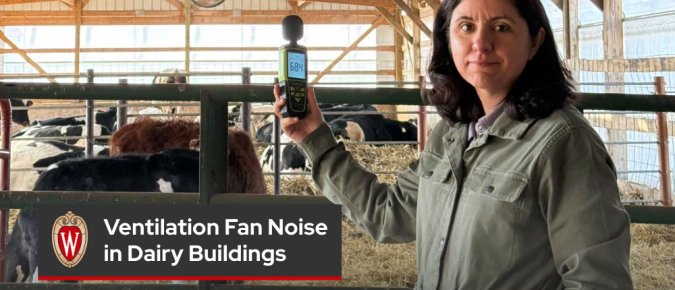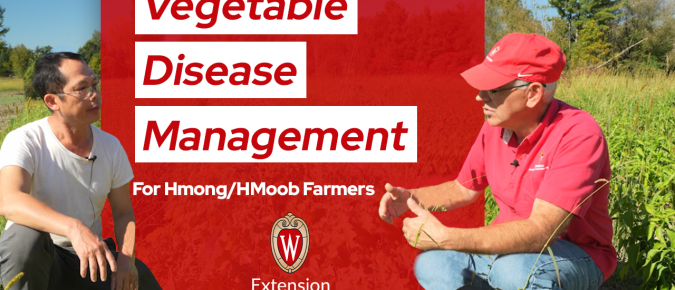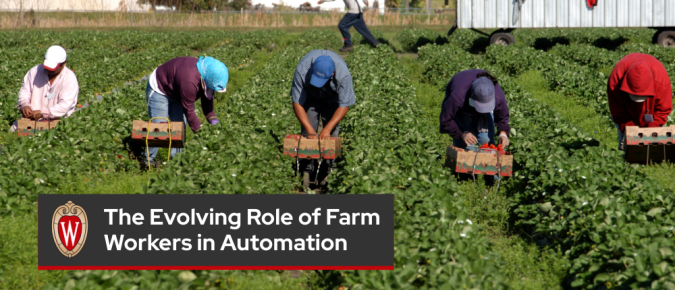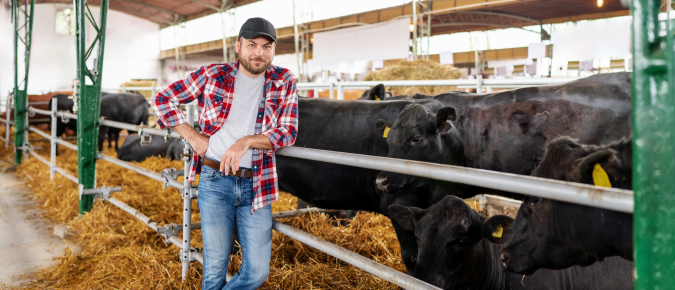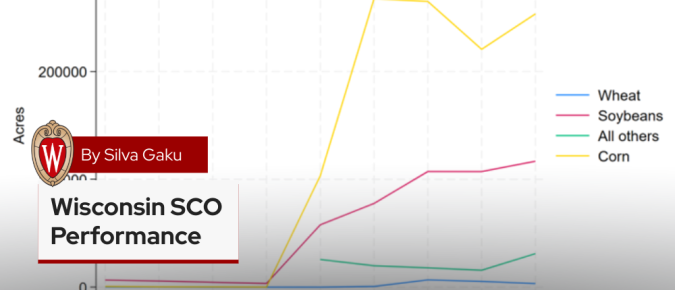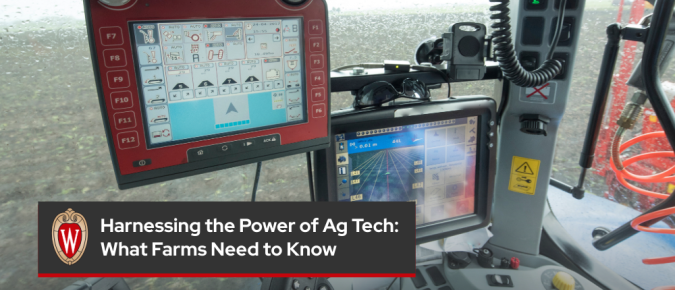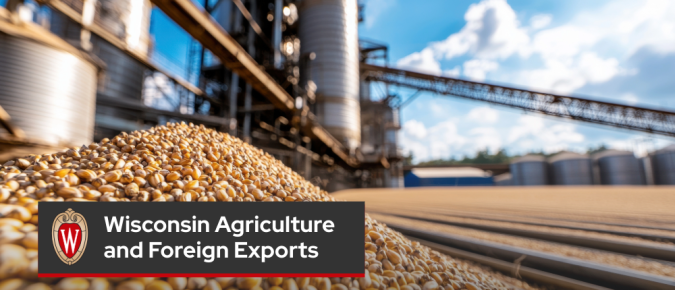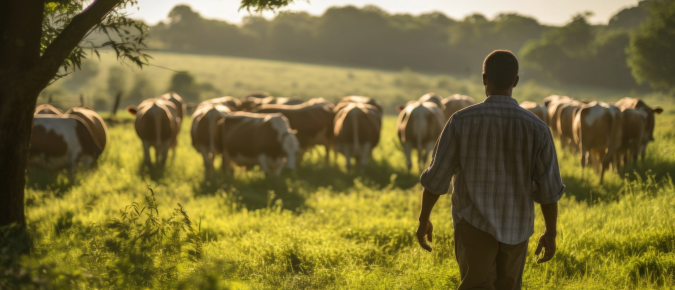Dairy remains one of the last sectors of protectionism within North American trade. Historical experience over the past three decades suggests that its evolution will likely follow a path of gradual, managed openness rather than abrupt free trade.
Meals on Wheels provides millions of meals to seniors across the U.S. each year. This article examines the quantity of dairy foods used and dollars spent by Meals on Wheels programs nationally and in Wisconsin, highlighting recent versus historical trends.
The U.S.-Canada dairy trade dispute highlights a clash between protecting local farmers and promoting free trade. Gradual policy changes and support for farmers could ease tensions and benefit consumers.
In labor-intensive environments like farms and other agricultural operations, conflict between employees can happen. Conflict is friction—disagreement between two or more people. Our brains often perceive conflict as a threat, which makes it uncomfortable and leads many people to avoid it.
Routine farm activities such as feeding, cleaning, and vehicle movement all contribute to ambient noise.
In this video, Hmong farmer Frannta Lor and Crops & Soils Educator Jerry Clark discuss common vegetable diseases found in Frannta’s crops. Jerry explains how to identify these diseases, why they occur, and how to manage them. He also shares tips to reduce pest problems in both the field and the greenhouse.
In this video, Hmong farmer Frannta Lor and Crops & Soils Educator Jerry Clark talk in HMoob about a natural resources conservation program that helps Frannta’s farm. Frannta also explains how he built a high tunnel greenhouse with financial support from another program.
The progression toward automation is partly based on a shortage of workers, but it is part of a natural progression. Switching from work that is heavily dependent on people—whether it’s you, family members or hired employees—can be complicated.
Young farmers are often familiar with the old adage: if they want to own a farm, they must inherit it or marry it. However, farm succession planners know there’s a third, perhaps equally challenging, strategy: co-ownership.
In this video, Hmong farmer Frannta Lor and Crops & Soils Educator Jerry Clark talk about financial support programs that help farmers improve their land and business. These programs also offer education and resources to help farmers make better land management decisions.
To create a sustainable succession plan, the family and farm members can use their values, intentions, and vision as a basis for decision-making and informing the transactional aspects of the plan.
Supplemental Coverage Option (SCO) is a crop insurance product that provides additional coverage for an underlying crop insurance policy. This article provides a brief overview of Wisconsin SCO and discusses its performance from 2015 to 2023.
This is the first article in a series on key considerations for technology and automation investment in agriculture.
By understanding our own definition of “trust,” we can begin understanding how others trust, which in turn will assist in clear communication and conflict navigation.
Given recent changes in U.S. trade policies, specifically, the introduction of a 25 percent tariff on imports from Canada and Mexico coupled with increases in existing tariffs on China, there is need to better understand the potential ramifications on Wisconsin’s agricultural economy.
To help producers manage the risks associated with forage production, several insurance and support programs are available to Wisconsin producers. This article provides a historical examination of forage risk management programs available in Wisconsin from 2015 to 2024.
Producers can use Whole Farm Revenue Protection to mitigate the risks associated with forage production, offering revenue protection for an entire farm operation rather than individual crops or livestock.
When life takes an unexpected turn and you’re no longer there to guide the plow, who will inherit your hard-earned acres? Failing to plan can cast a shadow over your farm’s future.

